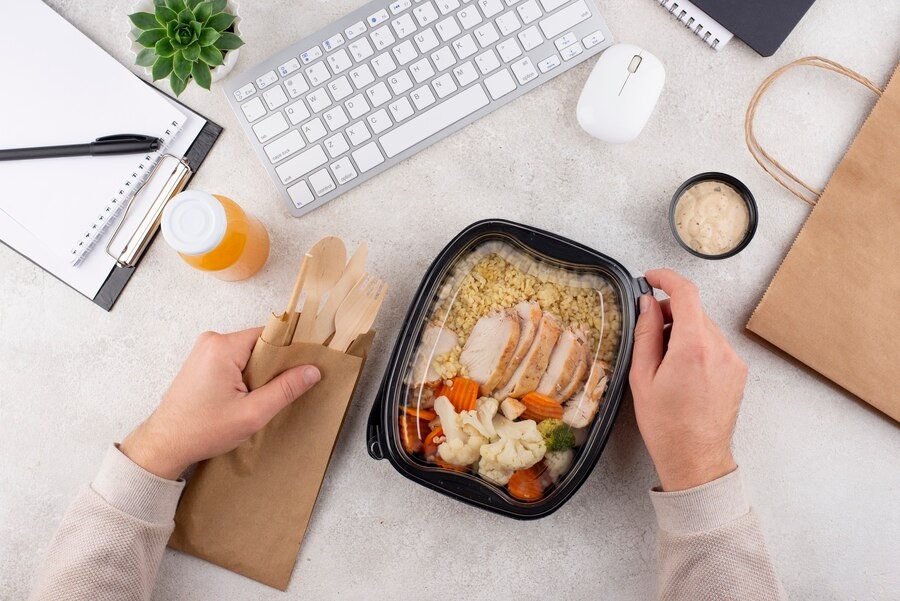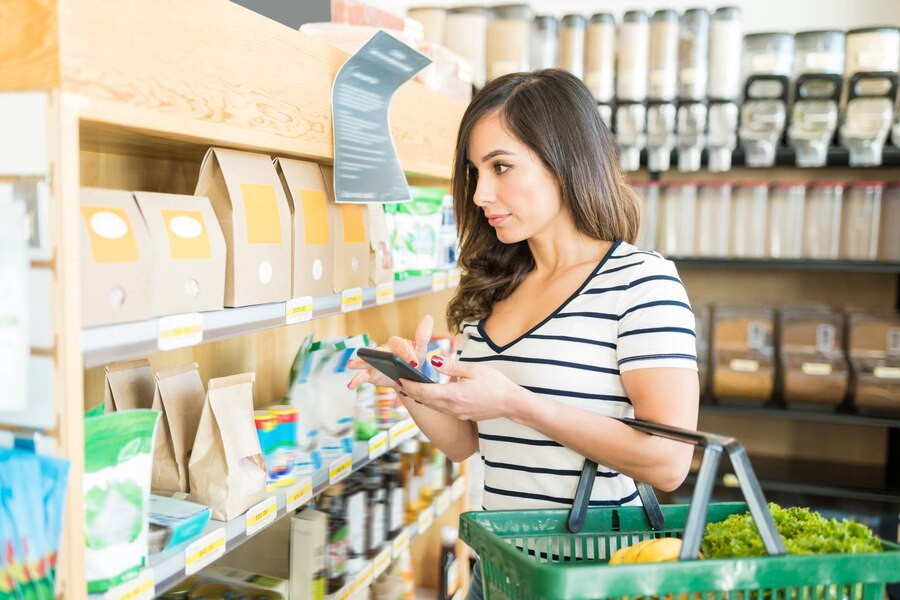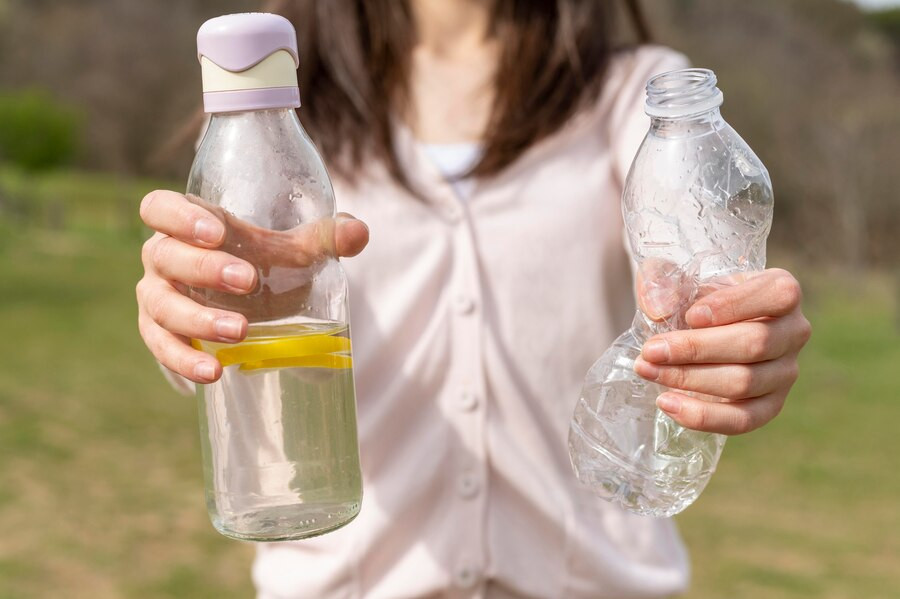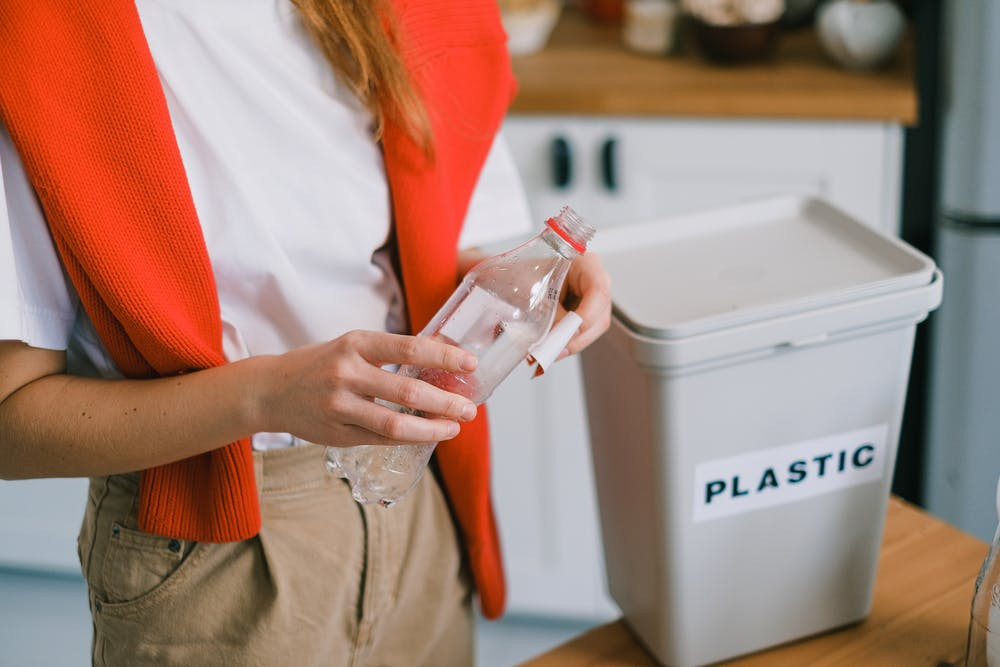Bagi sebagian orang, menghangatkan makanan dengan cepat di microwave atau alat pengukus telah menjadi bagian dari kebiasaan sehari-hari. Cara ini dianggap praktis, bahkan, tanpa mengeluarkan makanan dari wadah plastik, makanan tetap bisa dihangatkan.
Namun, sebenarnya penggunaan wadah plastik untuk menghangatkan makanan ini menimbulkan pro kontra tersendiri. Walaupun tampak praktis, ada risiko-risiko keamanan yang perlu diwaspadai.
Risiko Menghangatkan Makanan di Dalam Wadah Plastik
Menghangatkan makanan menggunakan wadah plastik memerlukan perhatian khusus karena risiko yang terkait dengan kesehatan dan keamanan makanan. Berikut adalah beberapa hal yang perlu diwaspadai jika menghangatkan makanan menggunakan wadah plastik:
Potensi pelepasan zat kimia berbahaya
Salah satu risiko terbesar dari memanaskan makanan dalam wadah plastik adalah potensi pelepasan zat kimia berbahaya ke dalam makanan. Zat kimia seperti bisphenol-A (BPA) dan phthalates sering digunakan dalam pembuatan plastik untuk membuat plastik lebih lentur dan tahan lama.
Saat wadah plastik dipanaskan, bahan-bahan kimia tersebut bisa larut dan masuk ke dalam makanan, terutama jika makanan yang dipanaskan berlemak atau berminyak.
BPA dan phthalates dikenal sebagai bahan kimia yang dapat menyebabkan gangguan sistem hormon di dalam tubuh. Paparan jangka panjang terhadap bahan kimia ini dapat menyebabkan berbagai masalah kesehatan, termasuk gangguan reproduksi, pertumbuhan abnormal, dan kanker.
Degradasi plastik akibat panas
Tidak semua jenis plastik dibuat tahan terhadap suhu tinggi. Saat wadah plastik yang tidak tahan panas digunakan di microwave, ada risiko bahwa plastik akan mengalami degradasi dan meleleh.
Plastik yang meleleh atau rusak dapat melepaskan zat kimia berbahaya ke makanan. Potongan plastik yang terlepas juga berisiko dikonsumsi secara tidak sengaja, yang juga membahayakan kesehatan.
Baca Juga: Mikroplastik Berbahaya yang Mungkin Ada di Makanan Kita
Penggunaan plastik yang tidak aman
Tidak semua wadah plastik aman digunakan untuk memanaskan makanan, terutama di microwave. Wadah plastik sekali pakai seperti kotak styrofoam atau plastik tipis umumnya tidak didesain dapat menahan panas tinggi. Menghangatkan makanan dengan jenis wadah plastik yang tidak aman seperti ini meningkatkan risiko pelepasan bahan kimia berbahaya.
Apabila Anda tetap ingin menggunakan produk plastik untuk memanaskan makanan, pilih produk yang memang dirancang khusus untuk microwave dan berlabel microwave-safe. Wadah seperti ini dibuat dengan bahan plastik yang lebih stabil terhadap suhu tinggi dan relatif lebih aman digunakan untuk memanaskan makanan.
Pengaruh ke makanan berlemak
Makanan berlemak atau berminyak cenderung menyerap lebih banyak bahan kimia dari plastik saat dipanaskan. Memanaskan makanan dalam suhu tinggi bisa mempercepat pelepasan bahan kimia dari plastik ke dalam makanan. Suhu tinggi juga dapat menyebabkan plastik meleleh sehingga bahan kimia dari plastik bisa masuk ke dalam makanan.
Baca Juga: Tips Memilih Botol Minum Plastik yang Aman untuk Kesehatan
Cara Aman Menghangatkan Makanan di Wadah Plastik
Untuk menghindari risiko kesehatan terkait dengan menghangatkan makanan di dalam wadah plastik, ada beberapa cara aman yang bisa diambil, di antaranya:
- Menggunakan wadah yang aman untuk digunakan dalam microwave, yang memiliki label microwave-safe
- Menghindari penggunaan wadah plastik sekali pakai atau kemasan makanan yang tidak aman untuk dipanaskan
- Menggunakan alternatif wadah plastik seperti wadah kaca atau keramik yang lebih aman digunakan untuk memanaskan makanan di dalam microwave
- Menghindari memanaskan makanan berlemak dalam wadah plastik
- Menghindari penggunaan wadah plastik yang sudah tua atau rusak, yang lebih mungkin melepaskan bahan kimia berbahaya saat dipanaskan
Dengan mengikuti langkah-langkah tersebut, Anda bisa memastikan bahwa makanan yang Anda konsumsi tetap sehat dan aman. Apabila ada pertanyaan lain terkait dengan keamanan makanan, Anda bisa berkonsultasi dengan dokter melalui layanan konsultasi kesehatan Ai Care yang dapat diunduh di App Store atau Play Store.
Mau tahu tips dan trik kesehatan, pertolongan pertama, dan home remedies lainnya? Cek di sini, ya!
- dr Nadia Opmalina
Canadian Cancer Society. Should I put plastic containers in the microwave?. Available from: https://cancer.ca/en/cancer-information/reduce-your-risk/myths-and-controversies/should-i-put-plastic-containers-in-the-microwave
Harvard Medical School (2019). Is plastic a threat to your health?. Available from: https://www.health.harvard.edu/staying-healthy/is-plastic-a-threat-to-your-health
The American Journal of Medicine (2023). Microwaving Food in Plastic Containers. Available from: https://www.amjmed.com/article/S0002-9343(22)00523-X/pdf
JR Culpeper (EWG) (2024). New study links microplastics to serious health harms in humans. Available from: https://www.ewg.org/news-insights/news/2024/03/new-study-links-microplastics-serious-health-harms-humans
Yongjin Lee, et all (2023). Health Effects of Microplastic Exposures: Current Issues and Perspectives in South Korea. Available from: https://www.ncbi.nlm.nih.gov/pmc/articles/PMC10151227/
Westchester (2023). Bisphenol-A (BPA). Available from: https://health.westchestergov.com/bisphenol-a-and-phthalates
Toxic Free Future. Be Picky With Plastics. Available from: https://toxicfreefuture.org/healthy-choices/be-picky-with-plastics/












